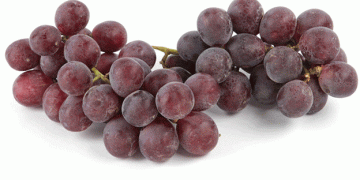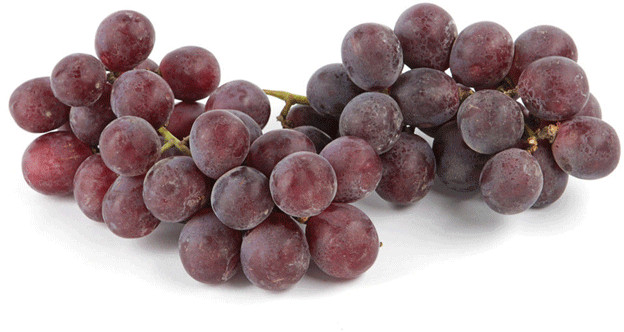Peru’s Table Grape Industry: Growth Amidst Adversity
Peru’s table grape sector continues to navigate a challenging landscape marked by both growth and setbacks. In the 2023/24 season, the acreage dedicated to table grape cultivation increased slightly to 22,343 hectares, a 0.8% rise from the previous year. This modest expansion comes as a beacon of resilience in an industry facing significant climatic adversities.
Despite the increase in cultivated area, the export numbers tell a more complex story. Peru exported 62,745,726 cartons (each weighing 8.2 kg) of table grapes during the 2023/24 season. This figure represents a 12% decline compared to the 71,404,349 cartons shipped in the 2022/23 season. It is also 3.5% lower than the 64,948,093 cartons exported in the 2021/22 season. According to the Association of Table Grape Producers of Peru (Provid), this downturn is largely attributed to severe weather events in the northern region of the country.
Provid reports that the northern regions experienced extreme weather conditions, including temperatures up to 4% above the average and intense rainfall, which caused significant stress to the grapevines. These climatic challenges have directly impacted production volumes, leading to the observed decrease in exports.
On a more positive note, the southern region of Peru has shown a different trend, largely thanks to the operational improvements at the Port of Paracas in Ica. The upgraded port infrastructure and the introduction of specialized services for large export volumes have significantly bolstered table grape shipments from the southern region, particularly to European markets. This development underscores the strategic importance of efficient logistics and infrastructure in maintaining and growing export capacities despite regional production challenges.

































